Tridacna Clam Care Guide – Care, Feeding & Lighting Tips
Introduction
Tridacna clams are among the most iconic and beautiful invertebrates kept in reef aquariums. Known for their iridescent mantles and impressive size potential, they not only enhance the visual appeal of a tank but also contribute to water quality by filtering particulates. With proper lighting, stable water parameters, and supplemental feeding when young, Tridacna clams can live for decades and often become the centerpiece of a reef aquarium.
Scientific Name & Identification
Tridacna clams (Tridacna species) belong to a group of large marine bivalves native to the Indo-Pacific. They are identified by their striking mantles, which display fluorescent and metallic coloration. Their shells are heavy and often ridged, with a byssal opening at the base that allows them to attach to rock or rest securely on sand.
Common Species include:
-
Tridacna maxima – brilliant coloration, smaller, rock-boring species
-
Tridacna crocea – smallest species, burrows into rock
-
Tridacna derasa – fast-growing, sandbed species
-
Tridacna squamosa – recognizable by its scaly shell ridges
-
Tridacna gigas – the largest clam species, capable of growing several feet across
Natural Habitat
Tridacna clams inhabit shallow reef flats, lagoons, and reef slopes throughout the Indo-Pacific, from the Red Sea to the Great Barrier Reef. They thrive in clear, sunlit waters where they receive strong, direct light and can filter plankton from nutrient-rich currents.
Aquarium Care & Setup
To successfully keep Tridacna clams, aquarists should replicate their natural environment:
-
Temperature: 75–82°F (24–28°C)
-
pH: 8.1–8.4
-
Salinity: 1.024–1.026
-
Flow: Moderate, ensuring steady nutrient delivery without forcing the mantle to retract
-
Lighting: Intense reef lighting (150–350+ PAR). Maxima and crocea demand the highest intensity, while derasa and squamosa are more tolerant of slightly lower light.
-
Placement: Rockwork for maxima and crocea; sandbed for derasa, squamosa, and gigas.
Feeding Tridacna Clams
While adult Tridacna clams rely primarily on photosynthesis, juveniles under 3 inches need additional feeding. Phytoplankton, live or preserved, should be offered regularly. Even larger clams can benefit from occasional phytoplankton feedings to promote growth and health.
Growth and Behavior
Tridacna clams grow steadily, with smaller species like crocea and maxima reaching modest sizes, while derasa, squamosa, and especially gigas can grow massive over time. They extend their mantles during the day to absorb light and retract them when disturbed. Their filtering behavior also contributes to improved water clarity.
Tankmates
Clams are peaceful and safe for reef tanks but should be protected from fish that may pick at their mantles, such as angelfish, butterflyfish, and some wrasses. Ideal companions include tangs, gobies, wrasses, clownfish, shrimp, and snails.
FAQs about Tridacna Clams
Are Tridacna clams beginner-friendly?
They are best for intermediate to advanced reef keepers due to their lighting and stability needs.
Do they need feeding?
Yes, small clams require regular phytoplankton feedings. Mature clams mainly rely on light.
How much light do they need?
High-intensity reef lighting (150–350+ PAR). Crocea and maxima require the most.
How big do they get?
Depends on the species—maxima and crocea remain under a foot, while derasa, squamosa, and gigas can grow over 2 feet.
Are they reef safe?
Yes, but keep them away from fish that may nip at their mantles.
Conclusion
Tridacna clams are one of the most striking additions to a reef tank, combining beauty, utility, and long-term growth potential. With stable water parameters, strong lighting, and supplemental feeding for juveniles, they can thrive for decades. Their vibrant mantles and natural filtration make them a showpiece animal for any serious reef keeper.
Shop Tridacna Clams


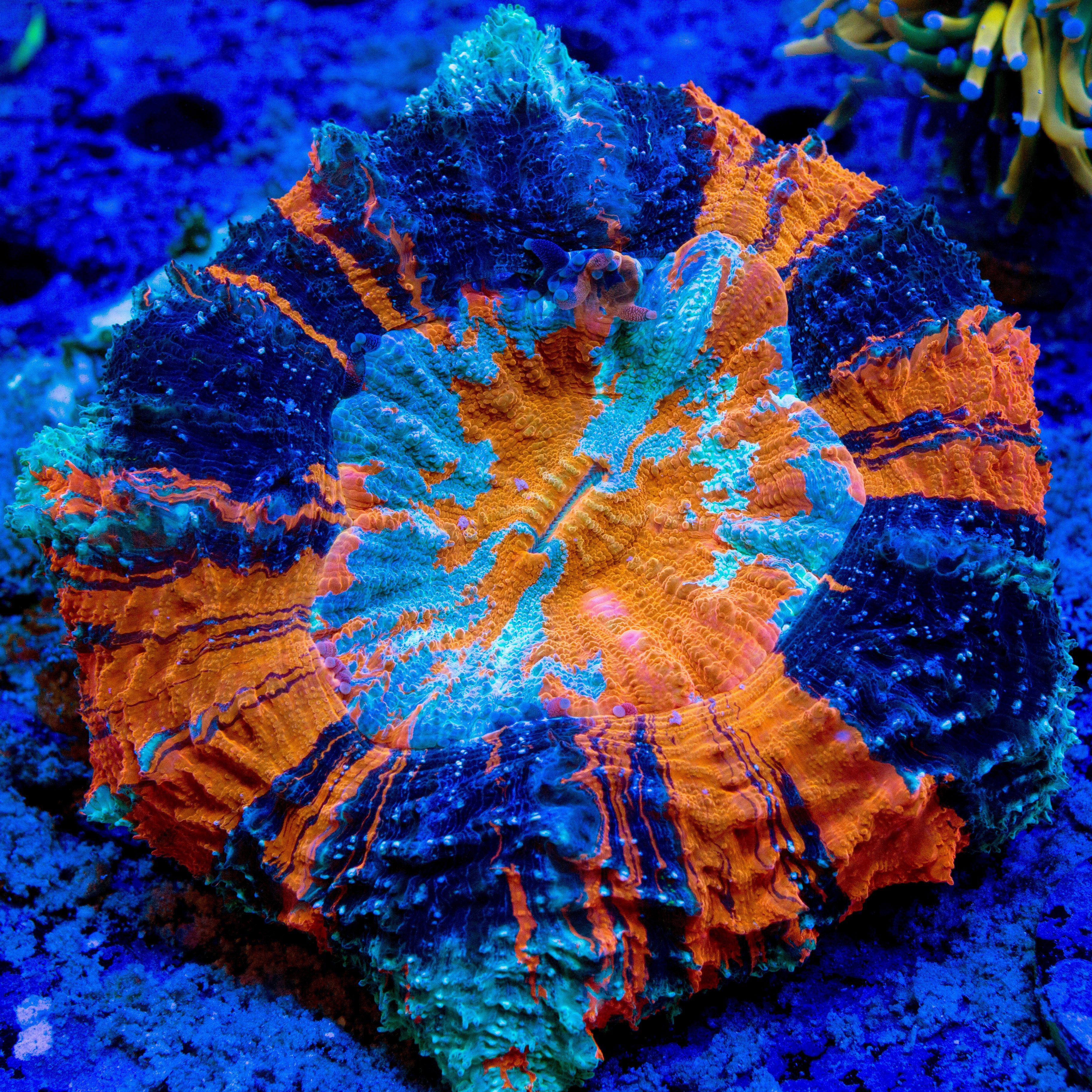
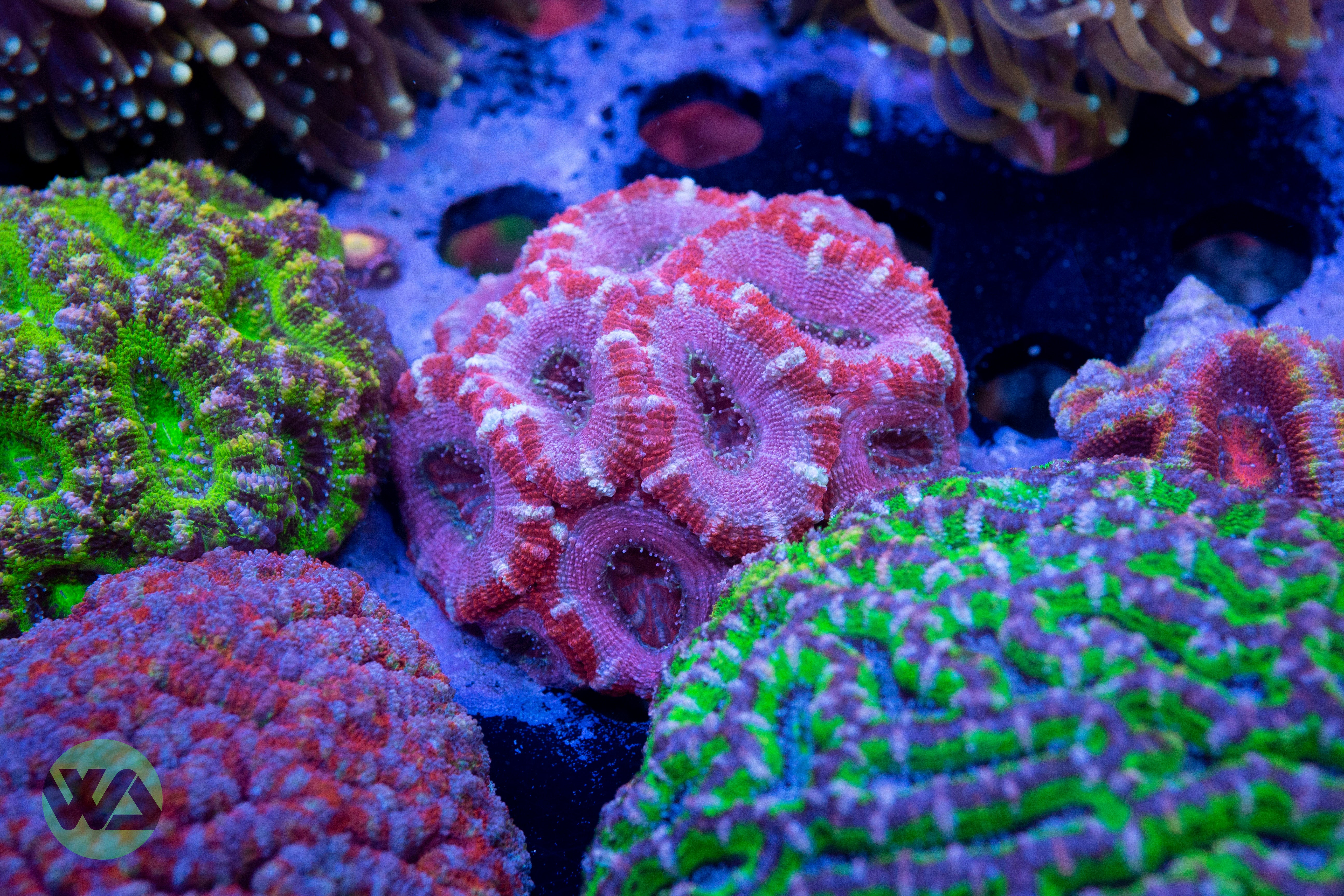
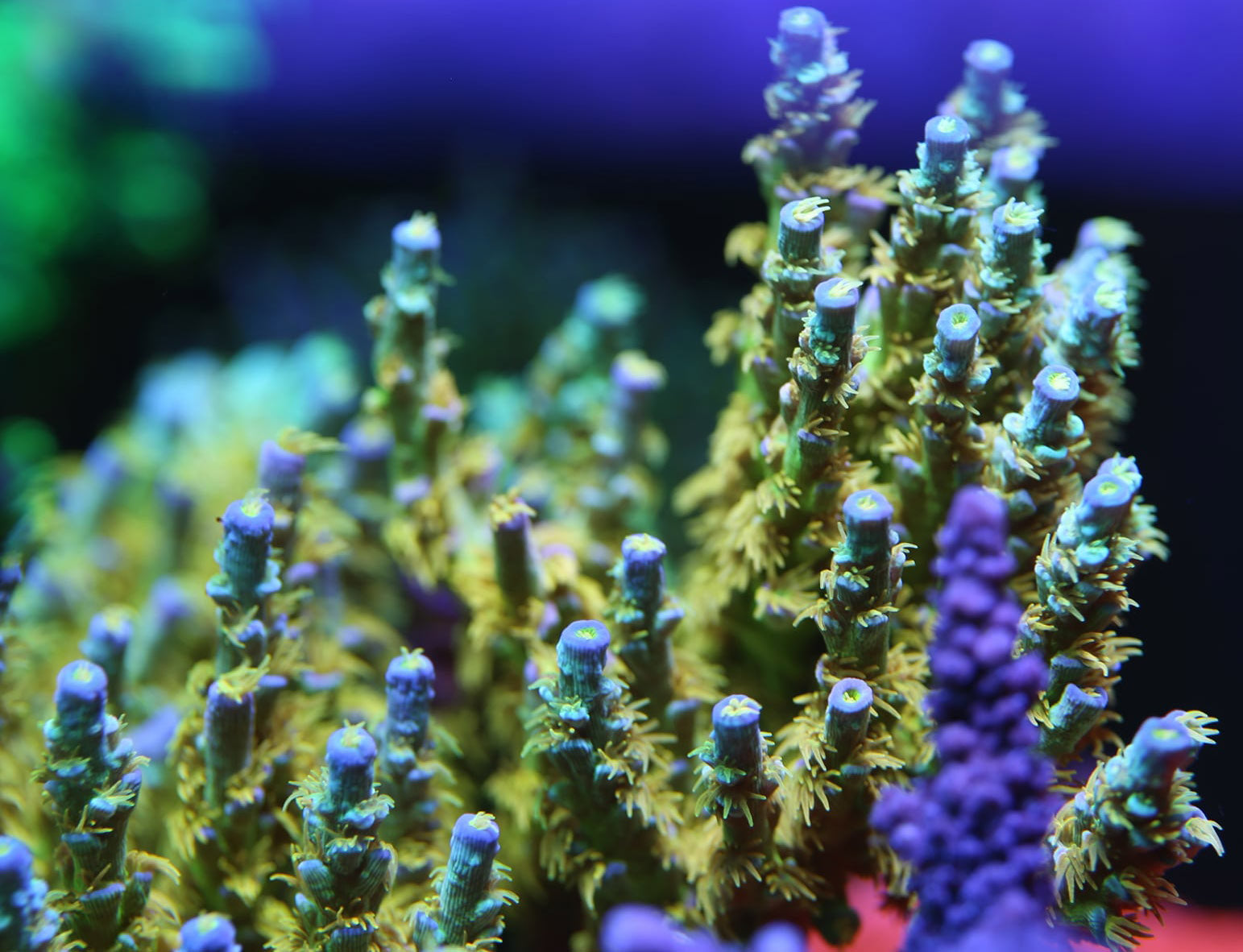
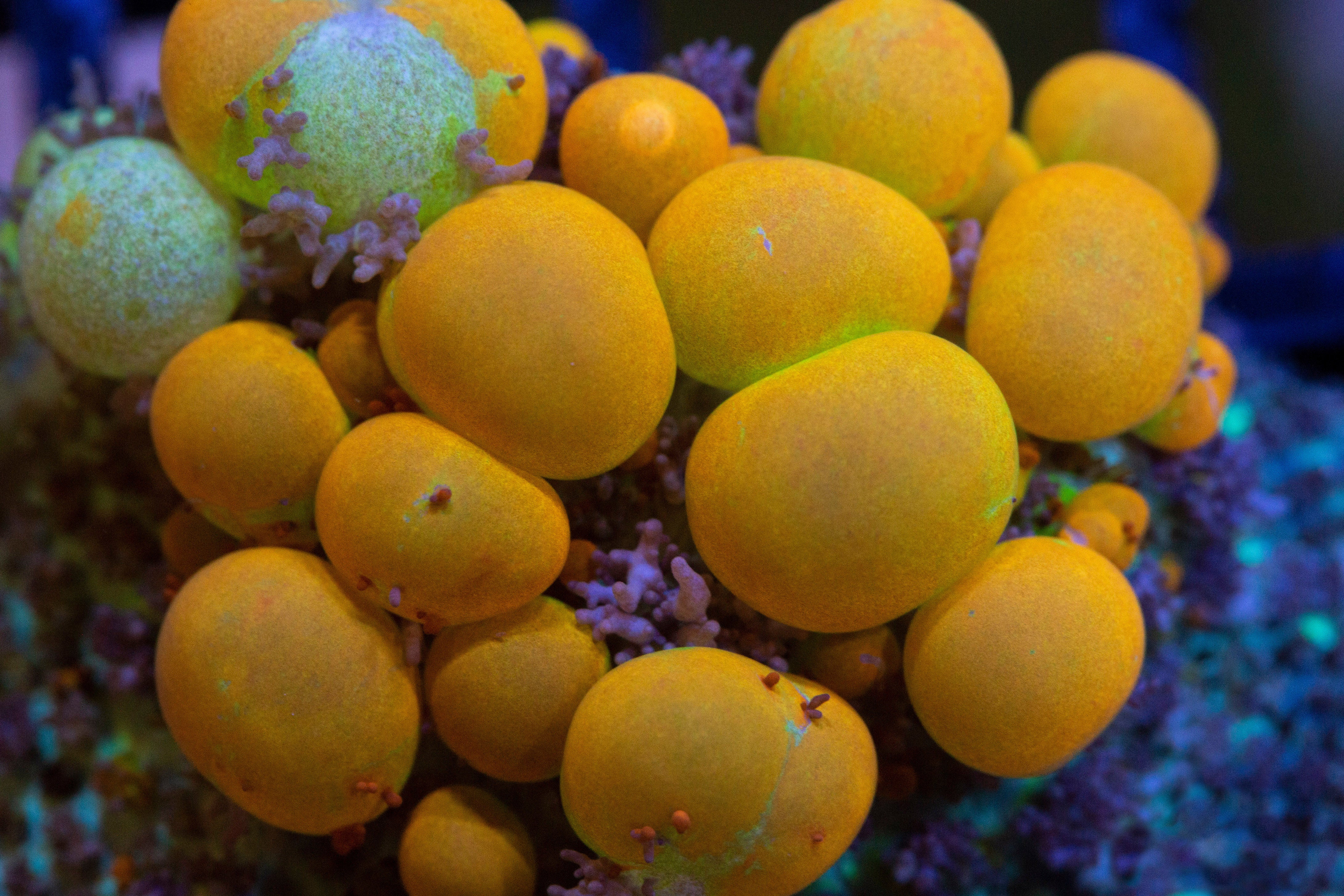
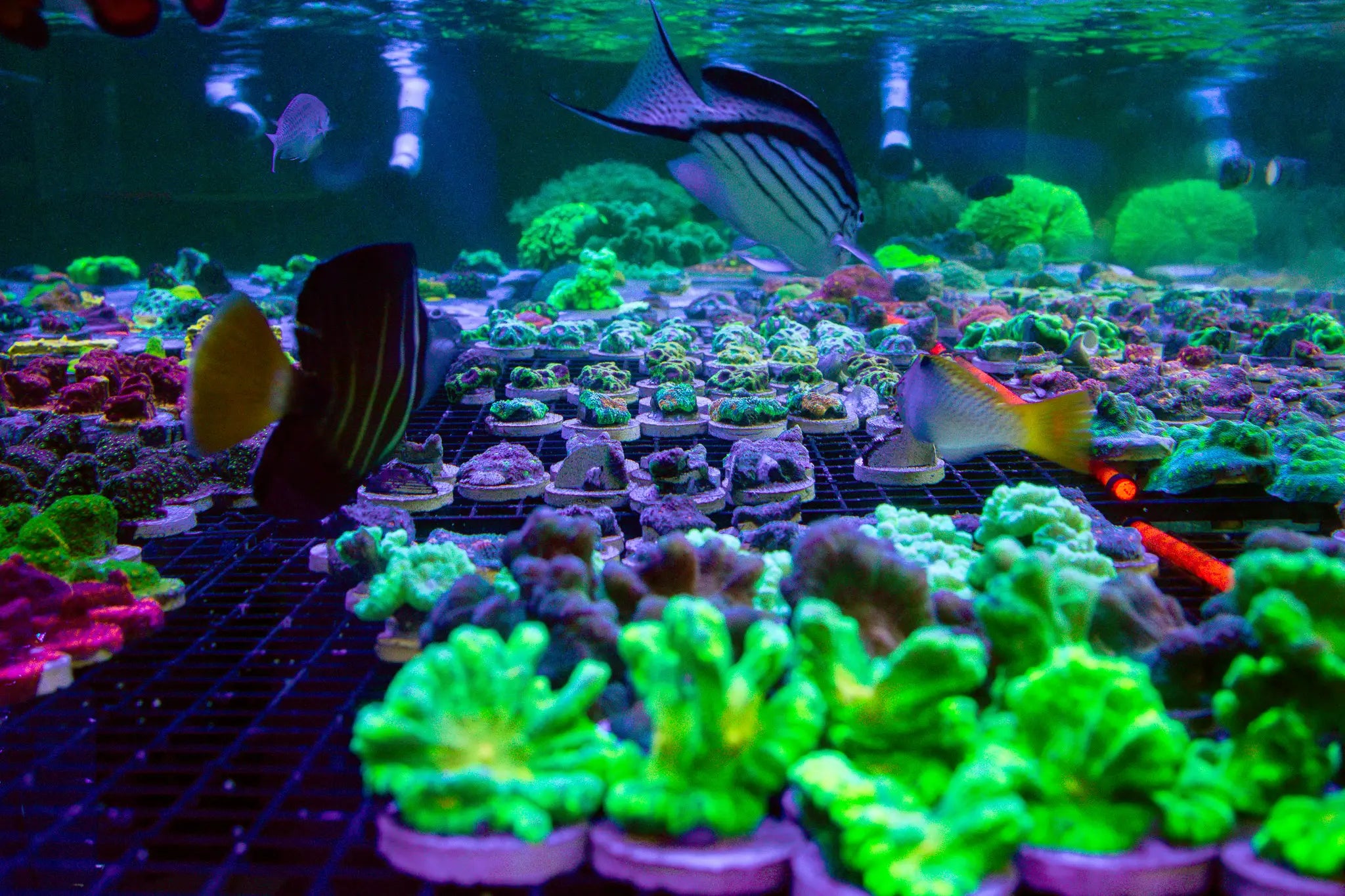
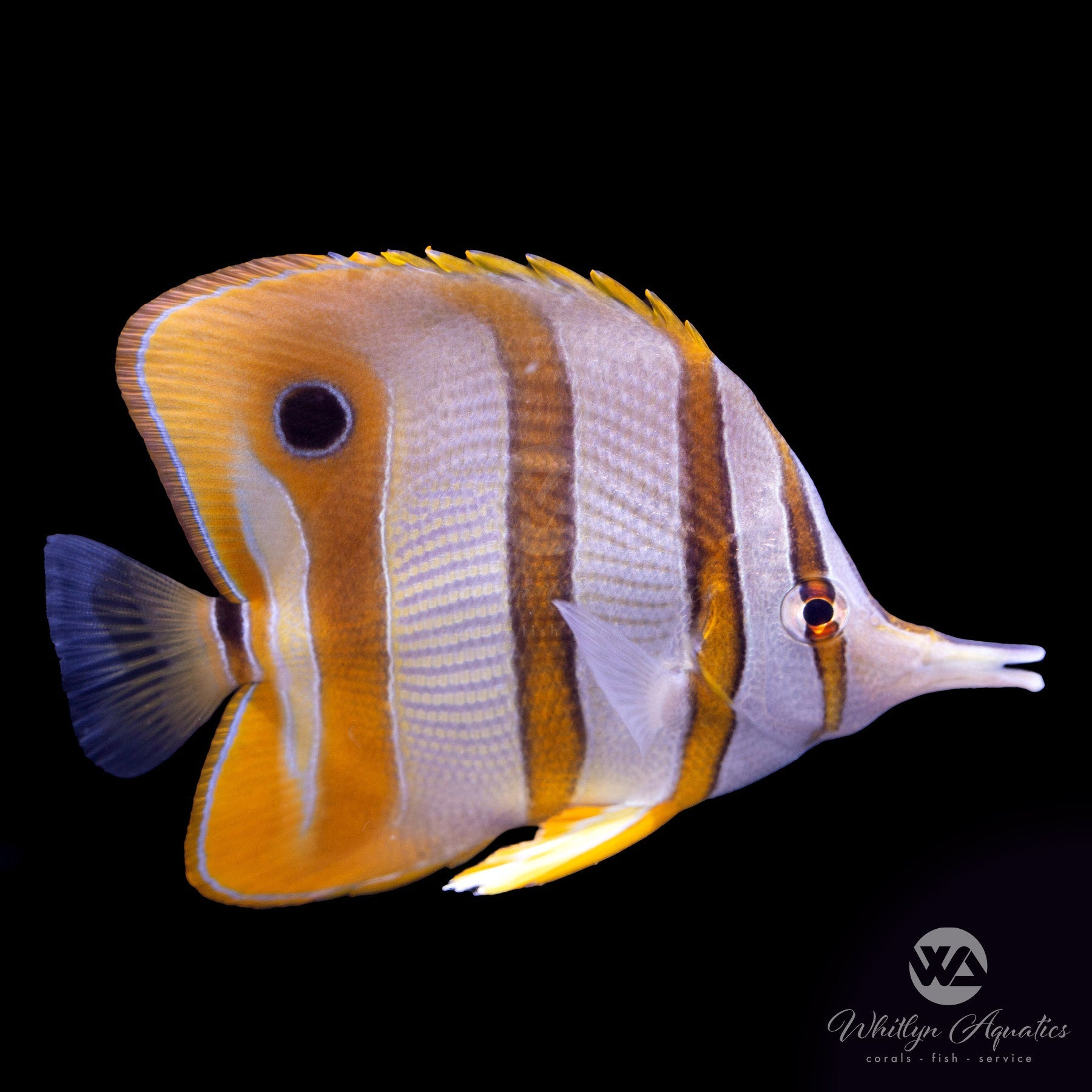
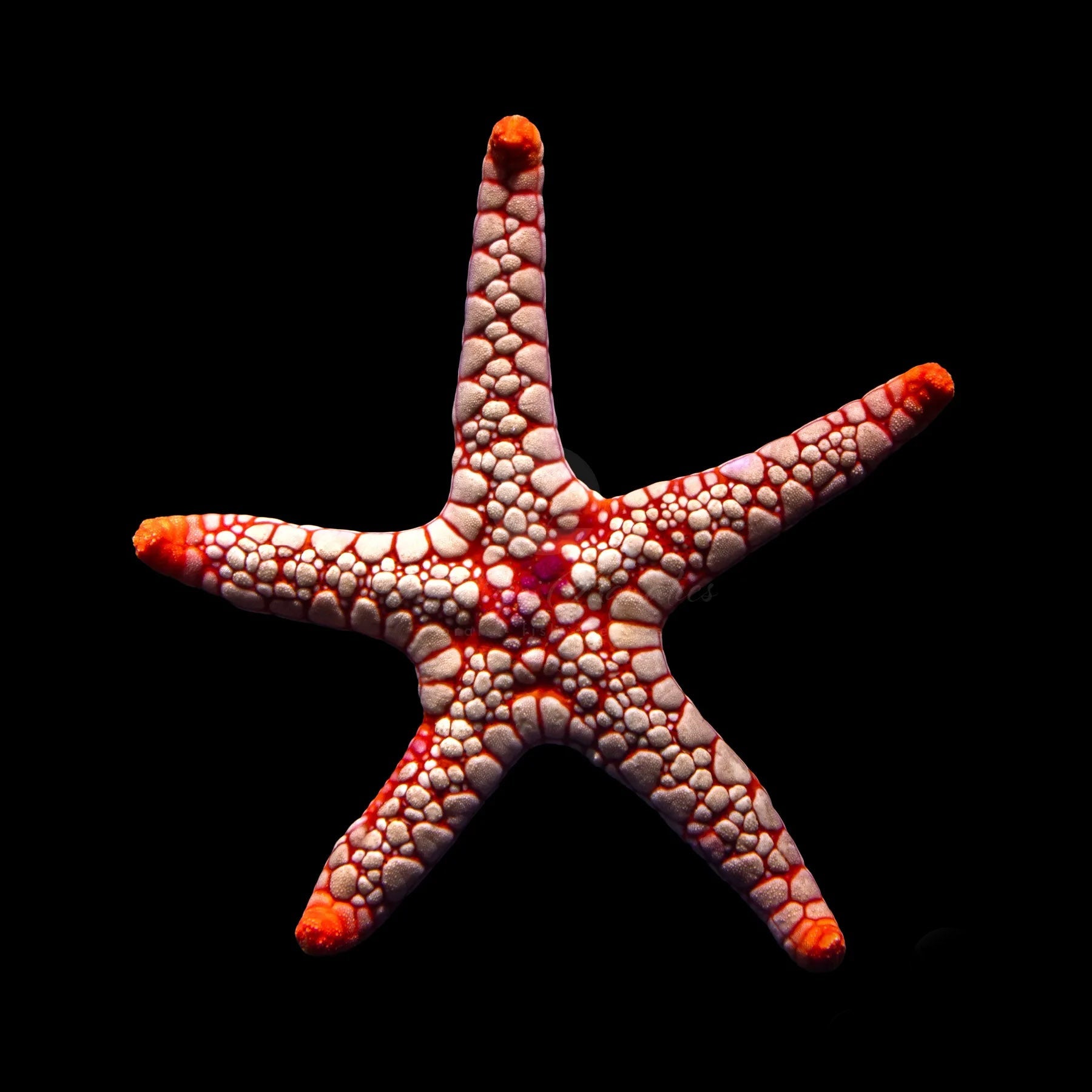
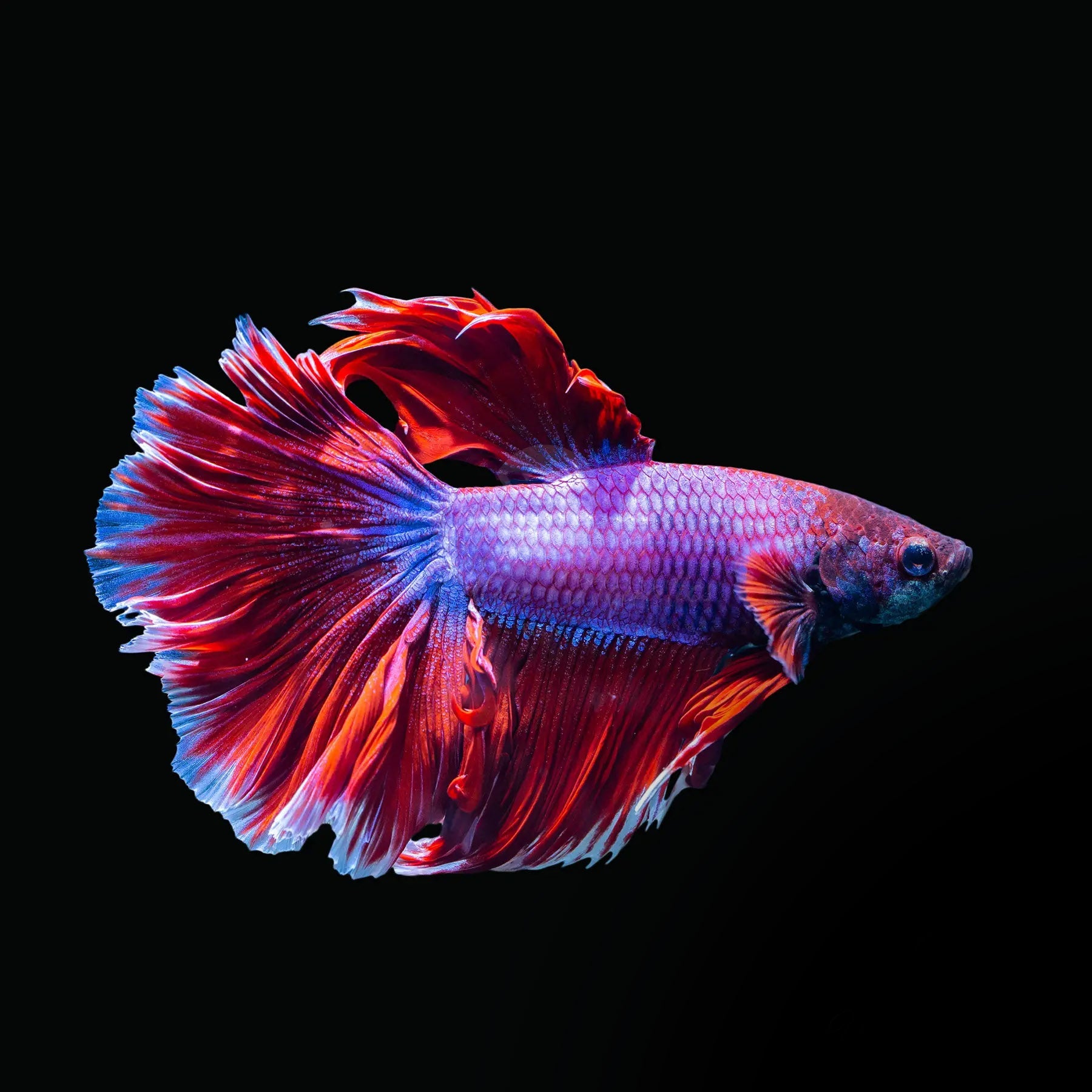
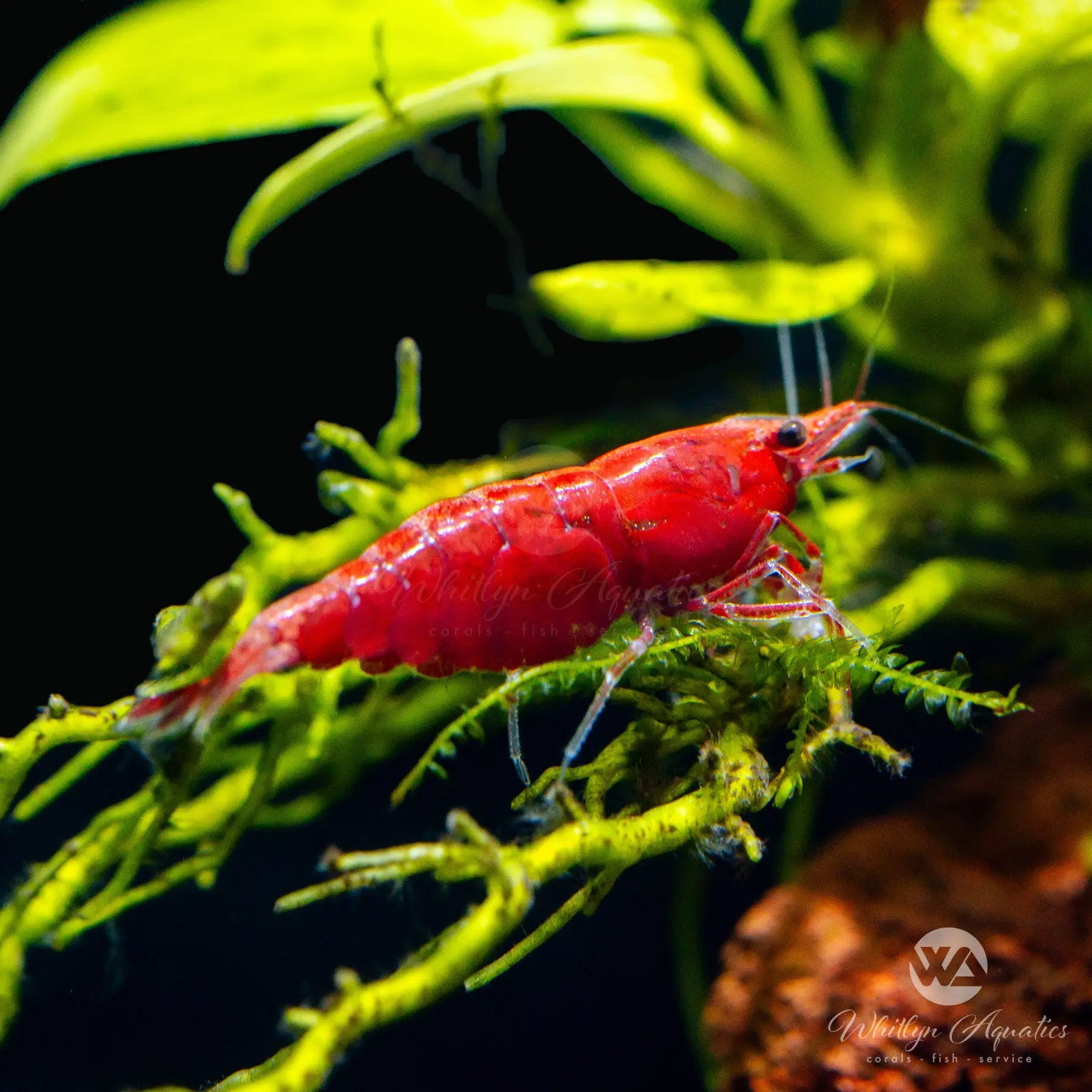
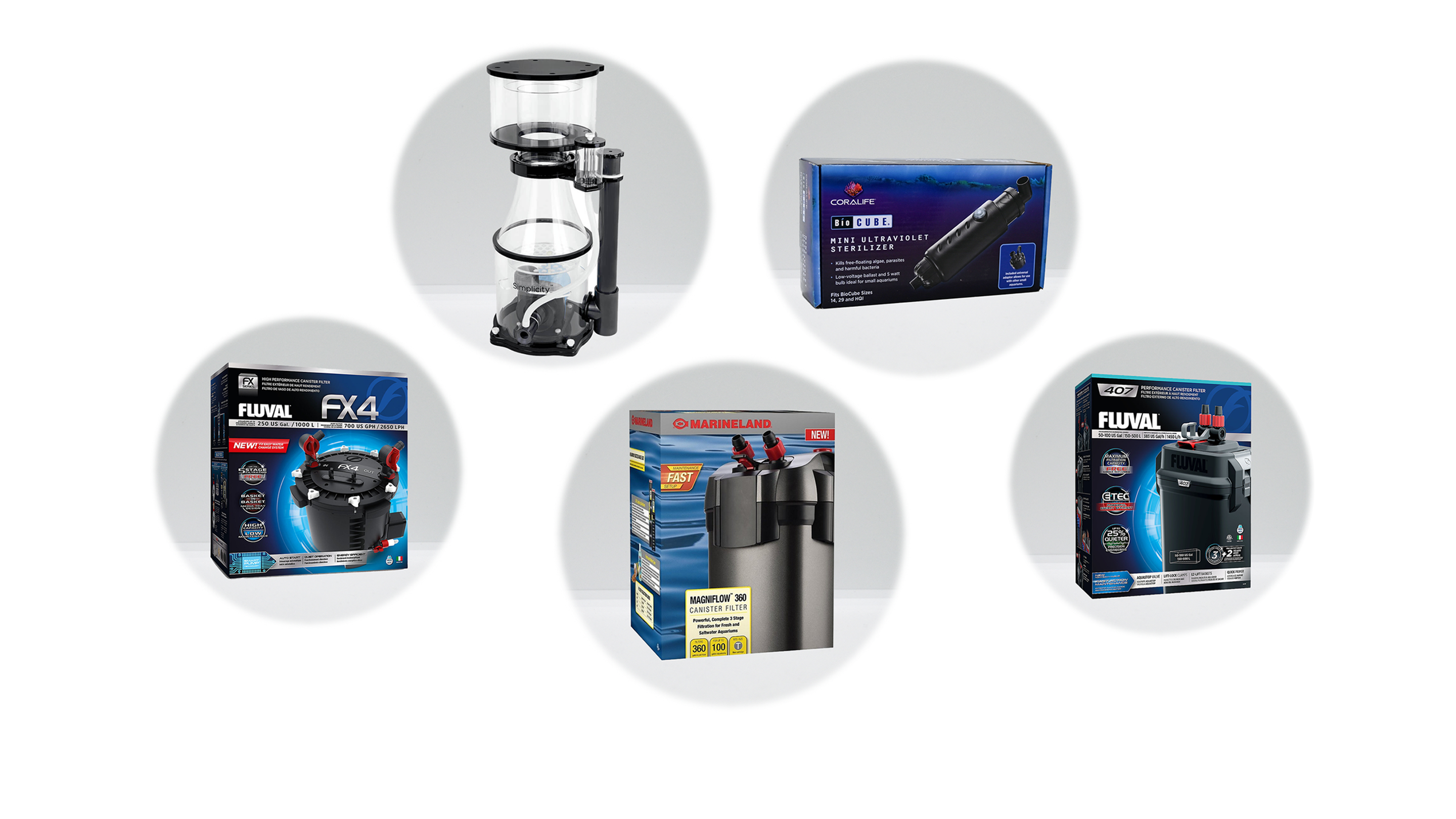
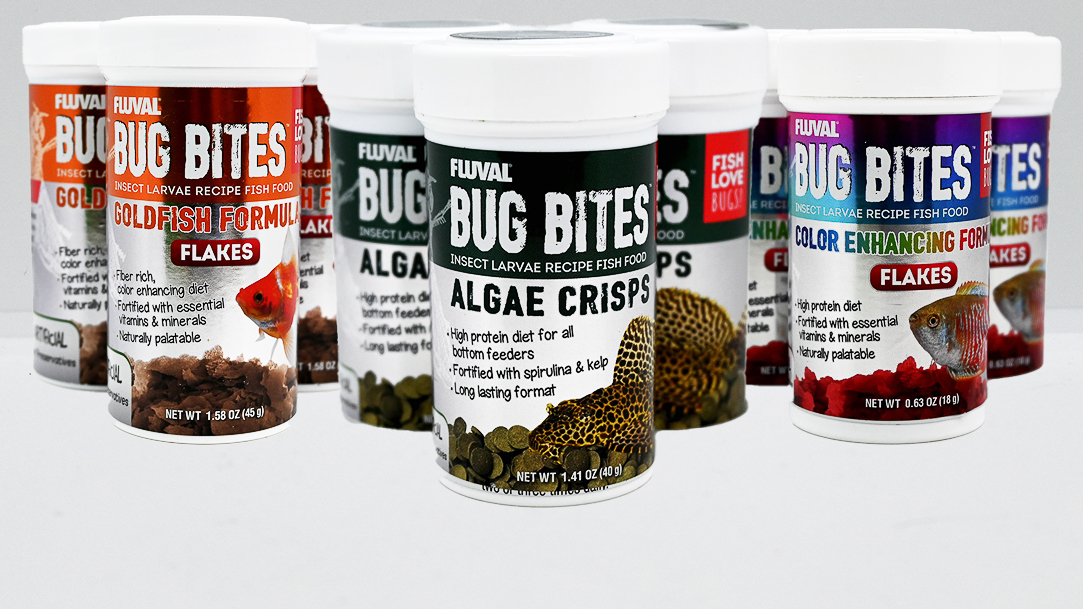
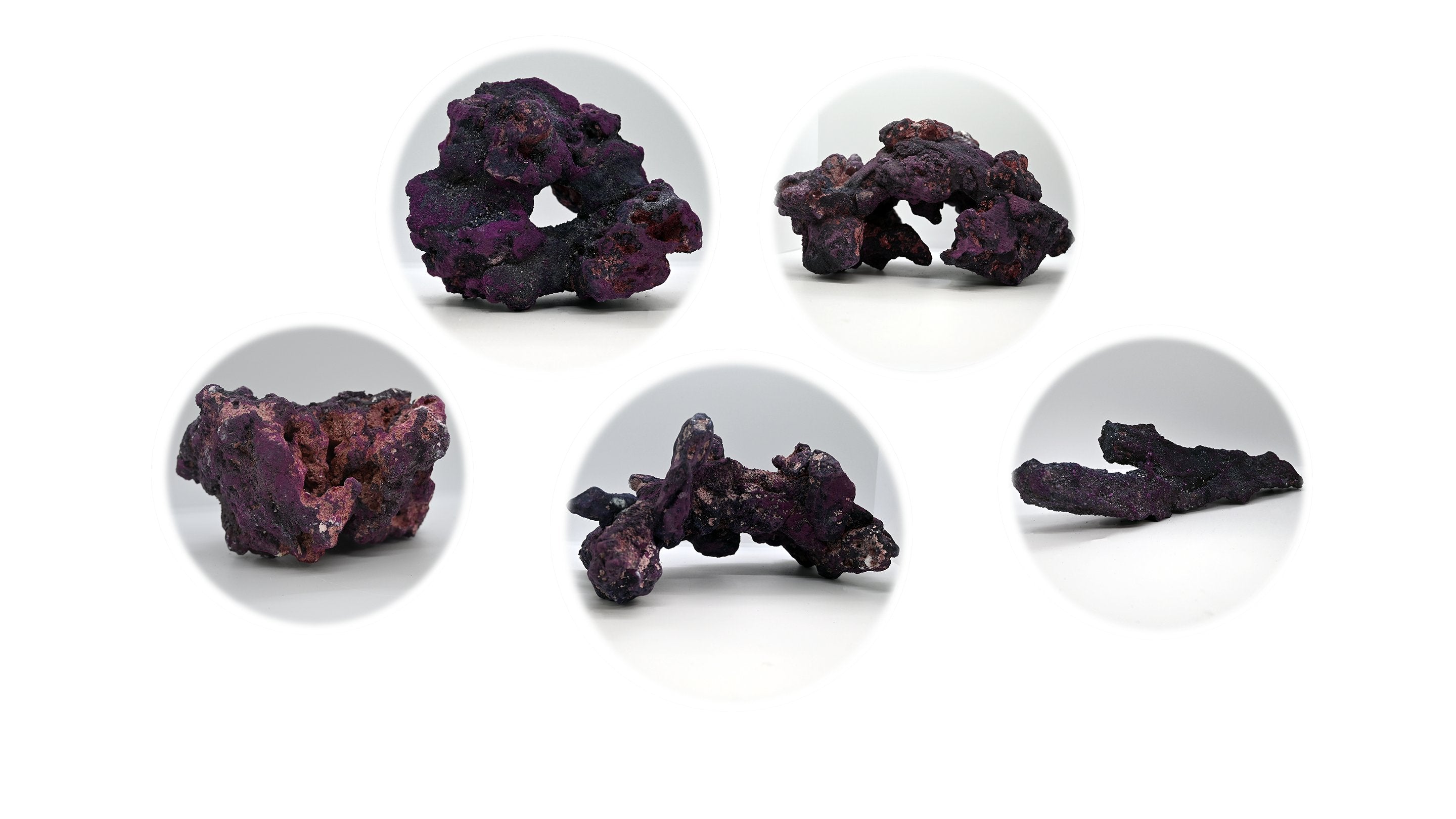
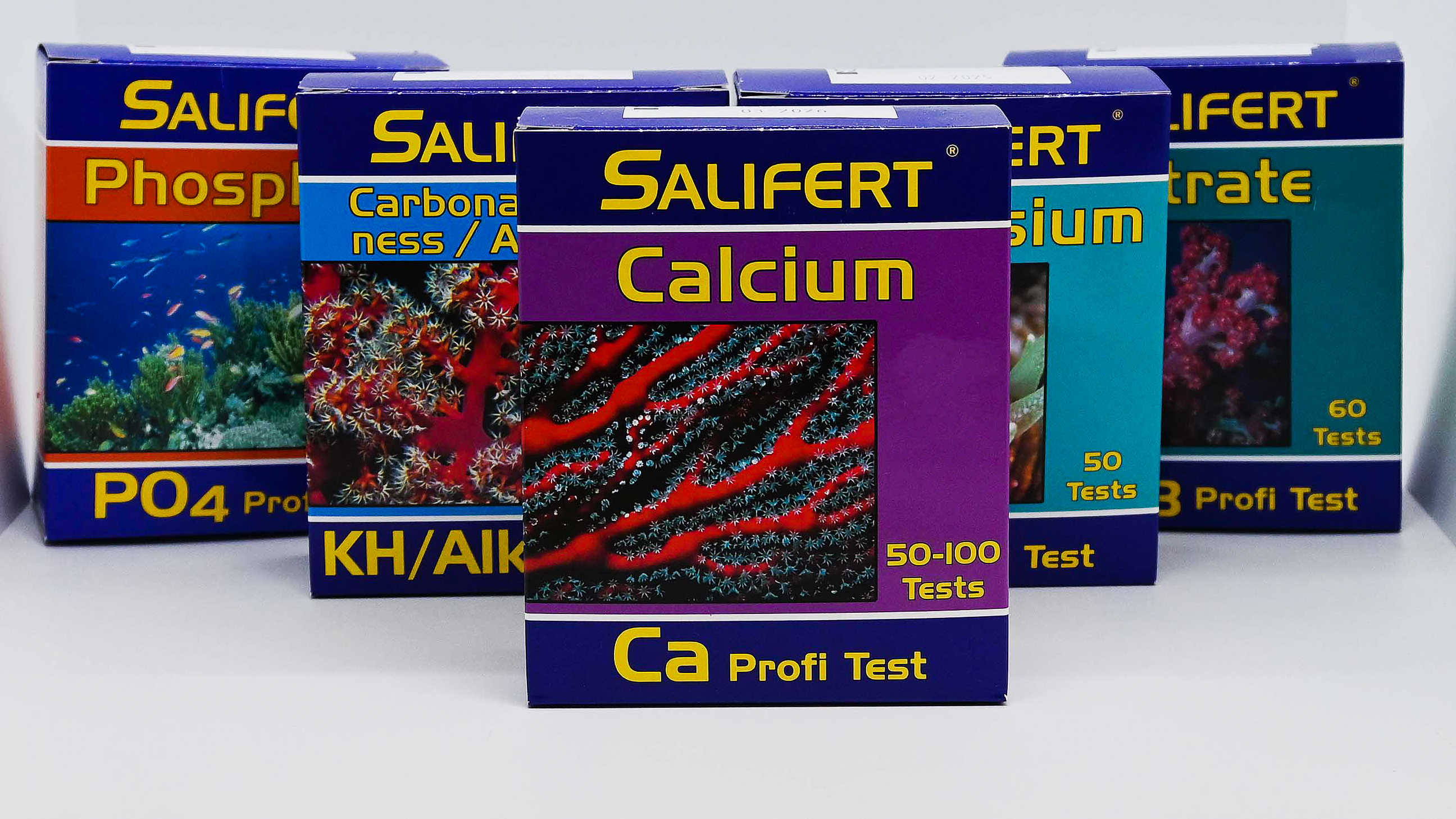
Leave a comment